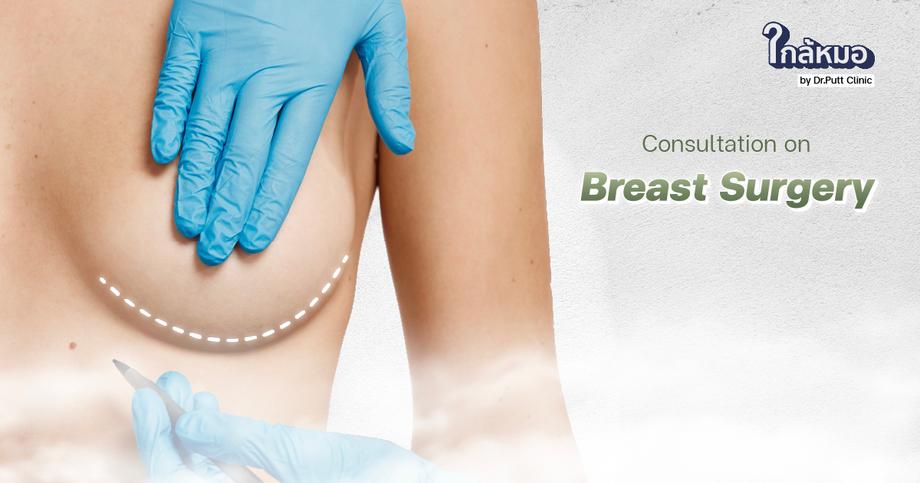Surgery Consultation
Breast Surgery Consultation
Breast Surgery is a popular cosmetic surgery among women, primarily driven by the desire to enhance their curves, improve their body proportions, and feel more confident in their clothes.
Breast Surgery is a popular cosmetic surgery among women, primarily driven by the desire to enhance their curves, improve their body proportions, and feel more confident in their clothes.
Breast Surgery
person's physique. Achieving this requires considering various factors, including your height, weight, skin elasticity, personal style, and clothing preferences. However, the main goal for most people seeking breast augmentation is to boost their confidence by increasing breast size and achieving a more aesthetically pleasing shape that complements their body. The procedure can also help correct issues like sagging breasts.
Today, there are many advanced techniques for breast augmentation that allow for a shorter recovery time. However, It is essential to research and understand your own breast anatomy so you know what to expect and get results that fit yours.
There are many popular brands of breast implants, which typically come in two main shapes:
Round Breast Implants
Teardrop Breast Implants
Techniques for Placing Breast Implants
1. Subglandular Plane
The implant is placed directly under the breast tissue but on top of the chest muscle. This is ideal for individuals who already have a fair amount of breast tissue.
Pros: Less pain, faster recovery, and creates a more defined, rounded upper breast. It doesn't affect the chest muscles, so there is no pain when moving your arms.
Cons: If you have thin breast tissue, the implant's edges may be visible. There is a higher risk of capsular contracture (scar tissue hardening) compared to other positions. If you lose a significant amount of weight, the implant may look unnatural or "lumpy."
2. Dual Plane Technique
This is a popular technique where the top part of the implant is placed under the muscle, and the bottom part is under the breast tissue. This approach helps reduce long-term complications.
Pros: Less chance of the implant's edges being visible in those with thin tissue, reduced risk of capsular contracture, a softer and more natural feel at the bottom of the breast, and the implant moves naturally with the body.
Cons: You may feel more tightness during the initial recovery period.
3. Submuscular Plane
The implant is placed entirely beneath the chest muscle. This is often used for specific cases, such as individuals with very little breast tissue or those who want the most natural-looking result.
Pros: Minimizes the visibility and feel of the implant's edges, reduces the risk of capsular contracture, and provides the most natural feel for those with very thin tissue.
Cons: This can be the most painful of the three techniques and requires a longer recovery time. The implant may move when the chest muscles contract, so it is not suitable for people who do a lot of physical activity or bodybuilding.
Choosing the right implant placement technique should be a collaborative decision between you and your surgeon to ensure the best, most satisfying result that is perfectly suited to your body.



